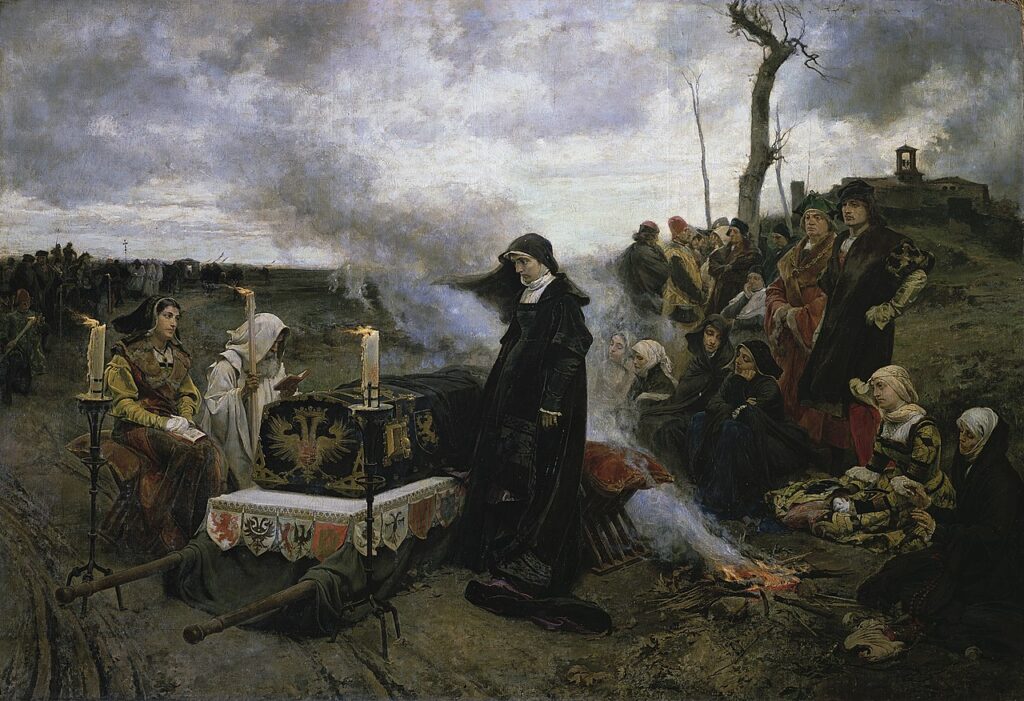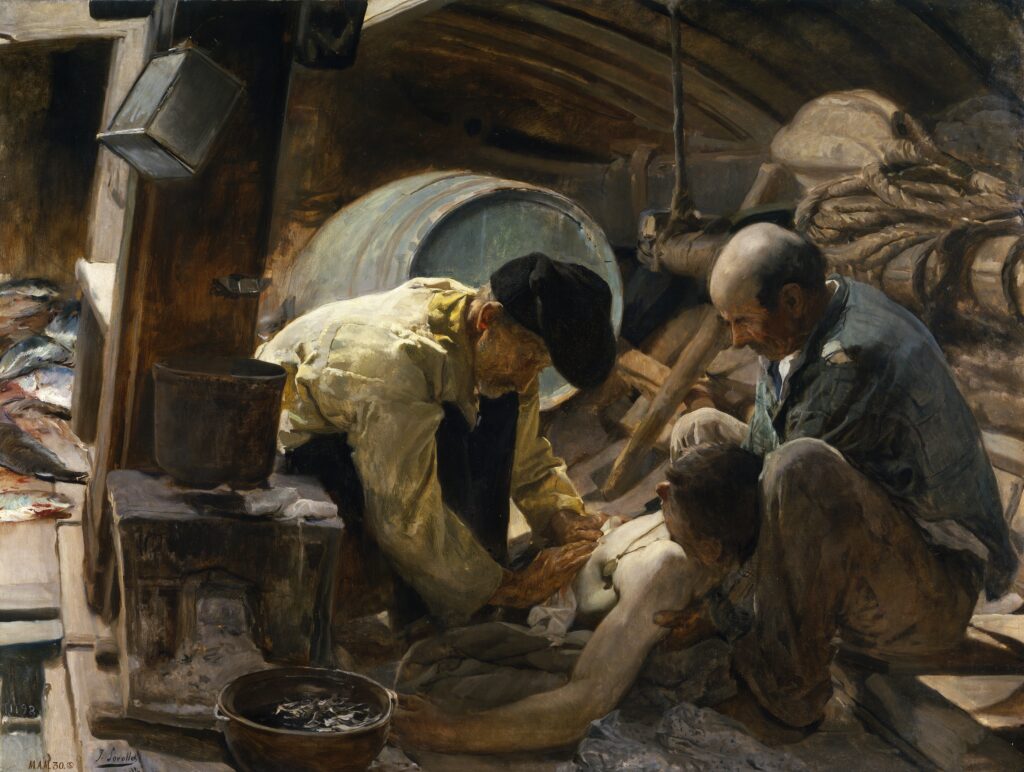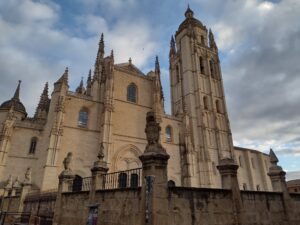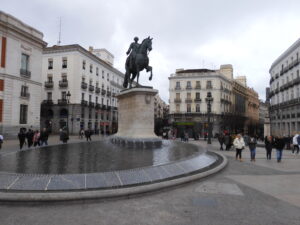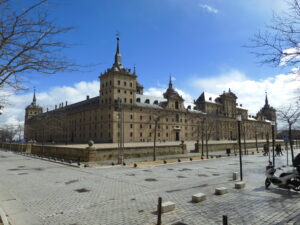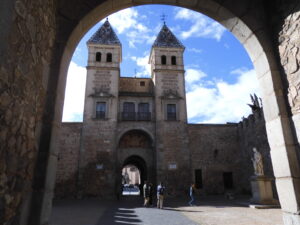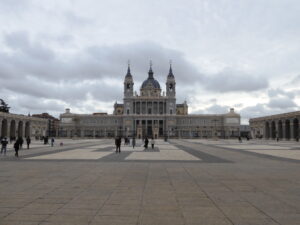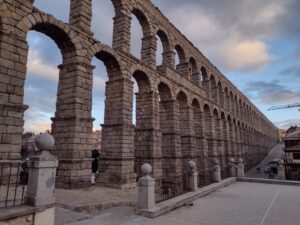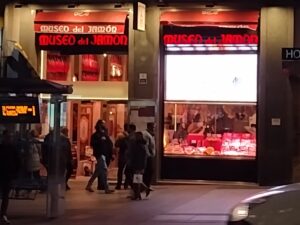The Prado
Acquiring a Taste for Art
Art is not really my thing. It never has been. But then, neither is wine. My dad tells me that wine is an acquired taste. I have never felt the need to develop a taste for an expensive alcoholic drink. I suspect fine art, like wine, is probably an acquired taste. While I am still unlikely to dedicate large chunks of my life to learning how to appreciate paintings and sculptures, I am willing to spend more time at it than learning which wines I should spend big money on.
Madrid has three very large famous art museums, and a number of smaller ones. I decided that Monday would be art museum day. I could not really see myself spending more than 2-3 hours at any one of these, so my plan was to just start walking through the more famous museums, skipping to the next one until I couldn’t stand any more. I figured I might get to at least the three more famous museums before I ran out of energy and interest.
I was wrong on several counts. I went to the Prado first, correctly figuring that I would appreciate medieval, Renaissance, and religious art more than modern art. I wanted to see a few Picasos and Dalis, but from what I did already know about art – not much – the images of people with the correct numbers of eyes and noses on the correct sides of their heads seemed more appealing. So to the Prado I went. The Prado is a huge art museum, and it is not laid out in any discernible pattern. I had downloaded an audio tour in advance that was supposed to be the equivalent of an English language tour, but it was worthless and offered no direction. I paid a few Euros more once inside the museum and was provided with a headset that offered recorded explanations of many paintings. This turned out to be money well spent. Although I never came up with a systematic way to walk through the museum, I eventually fell back on generally meandering through in chronological order (as best I could), and just punching in the numbers associated with pieces of art that had tour guide commentary. It took all day just to do that.
(Continued)
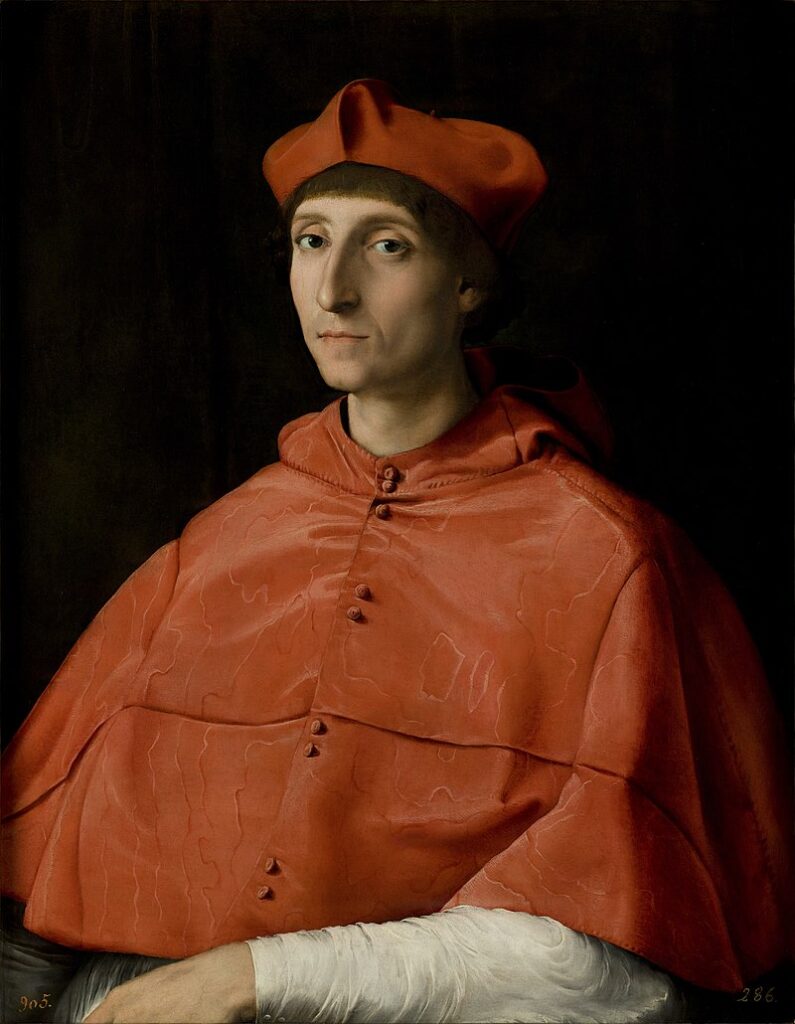
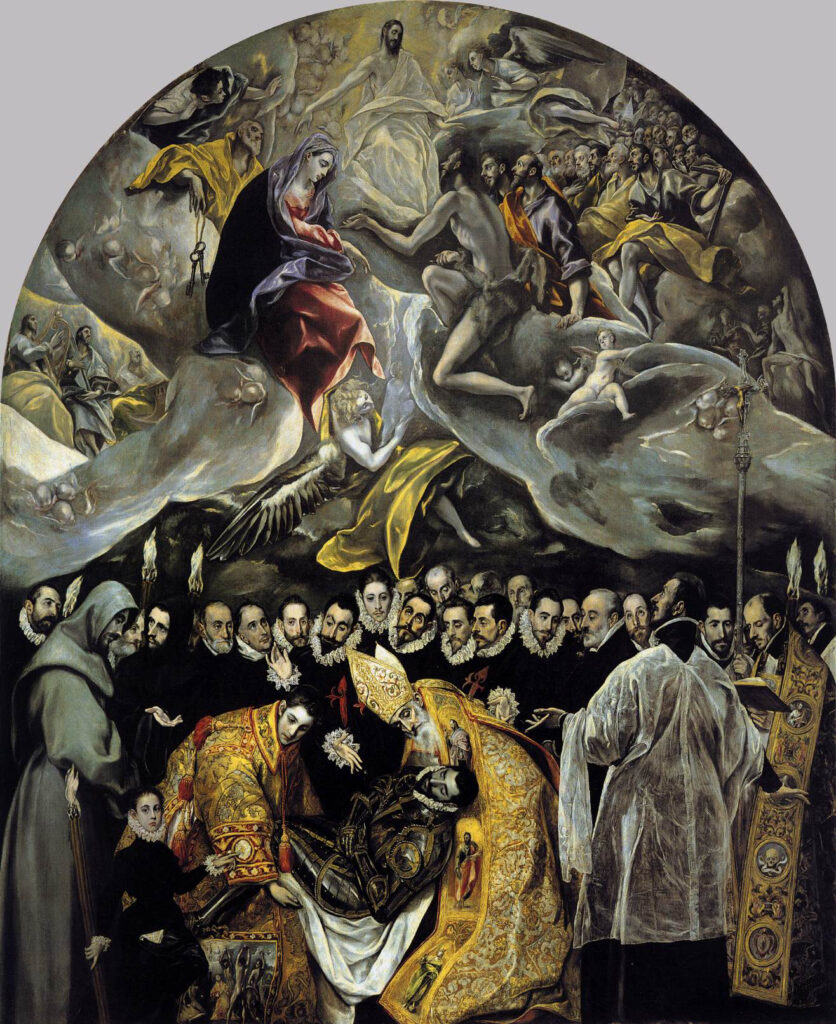

While I am still no art expert, I was able to learn a surprising volume of information this way. I came to have a basic understanding of the evolution of painting styles. I could see how images became more realistic from the almost cartoonish images adorning early medieval altarpieces through about the early part of the 19th century. After painters became good enough at realism to look very much like photos – incidentally around the time that photography became available – subsequent artists chose to create images that gave an impression of a scene in a way designed to invoke a mood or feeling related to it. This was done with different shapes and colors, not necessarily realistic. It was clear how depth and light were developed by Renaissance artists in ways their predecessors had not mastered. They or their apprentices were hired, then, to go to other parts of Europe and instruct painters in their more advanced techniques.
I was never able to get much out of the technical history of painting, understanding brush strokes, paint types, and that sort of thing. I was, however also able to understand how the religious art was ordered specifically to support a particular theme or doctrinal issue. For instance, there were a few paintings created during the Counter-Reformation period that specifically depict funerals. The Counter-Reformation was Catholicism’s answer to Martin Luther and the Protestant Reformation. It makes sense, then, that there would have been a lot of Counter-Reformation art in predominantly Catholic Spain. These funeral scenes were just weird in absence of any explanation. They showed a prominent deceased person surrounded not only by family and important local figures, but also saints, apostles, spirits of people who had already died, and chronologically inappropriate people. The living are depicted on the ground, and spirits at various positions in the air.
The Protestant reformers were emphasizing faith only, and the personal nature of our relationship with God. They believed we did not need the historical structure of the Catholic church and its mechanisms to maintain that relationship – that Jesus had come to Earth to be the perfect high priest, so we would not need any other intercessor. That mostly jives with my interpretation of the related Biblical texts. As a counter to this, Catholics wanted to emphasize the collective nature of being a part of the larger community of (the Catholic) faith. The paintings were meant to say something like, “When we die, we are not alone in our relationship with God. We are members of a large community of Christians, accompanying us on our journey to be with God.” I would not disagree with that either, other than to say that I don’t believe Catholics have a monopoly on being a community of believers. In any case, the commentary on the paintings made what would have been a weird funeral scene seem purposeful and it pointed out an area of shared values I have with Catholics, at least to some extent.
(Continued)
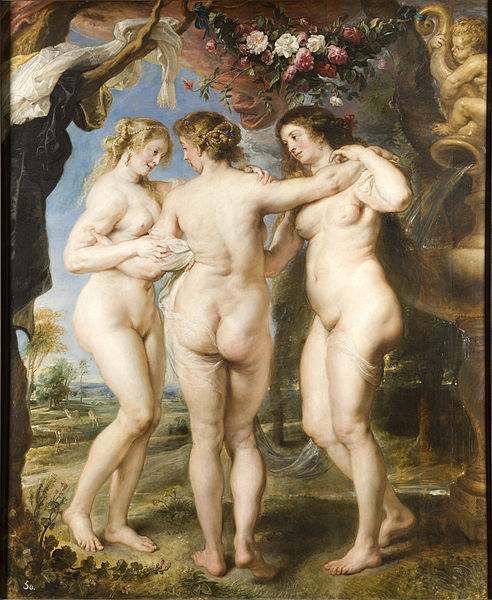

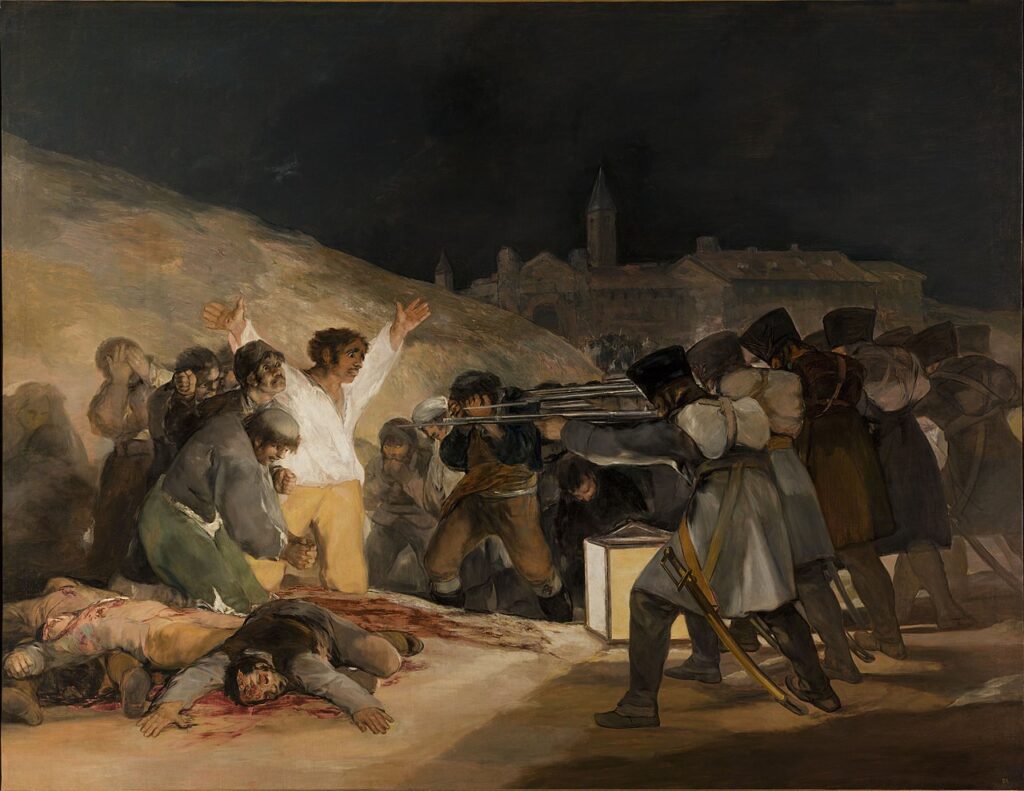
The museum additionally had many paintings depicting historical scenes. Some depicted the slaughter of political dissidents. Some showed combat against the former Muslim occupiers of Spain. Some depicted scenes from the Spanish Civil War, or fights against Napoleon. There was also a lot of portraiture. The religious paintings dominated the Prado, though. They had preserved a significant collection of Gothic art. They also had work from Goya, Titian, El Greco, Velazquez of course, Rubens, and even a few Rafaels. I was not very familiar with Rafael’s work, but was particularly impressed by his use of light in portraiture. His portrait of the Cardinal seems to almost glow, but not in an unnatural way.
I enjoyed the Prado so much that I never made it to another art museum. I stayed at the Prado for nine hours, and closed it down. There was that much to see there. I was not feeling 100% that day, so I often sat down to listen to explanations while looking at paintings. This gave me a chance to do some people watching as well. It was slightly amusing how many families walked by, dragging uninterested children. Many children and adults were absent-mindedly scrolling on their phones. Groups of upper elementary and middle school children walked passed with boys snickering, “titties, titties.”
As I walked home, it occurred to me that this semi-permanent preoccupied state is not just something I observe at art museums. Historical sites, great natural parks, and other attractions all have people who are interested and those who are not. There are some who appreciate such places and can spend hours there, and those who would rather ride a roller coaster, get a beer, or just passively observe someone else’s life on social media. Life in general is like that. It takes all kinds, and I try to refrain from making judgments about people based on things like that, particularly since I am not really an art guy, either. Looking internally, though, I want to see and hear and experience and appreciate the world around me, whether it is classic art, amazing buildings, exotic animals, gorgeous scenery – or just my daily interactions with friends and family. I hope I will do a better job of giving attention to the wonders I encounter – of all types – so I don’t miss them in favor of scrolling through someone else’s artificial depiction of their experiences, or a viral video, or such things. I ought to avoid looking at those things except when I sit on the toilet or am alone at home by myself.
